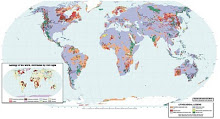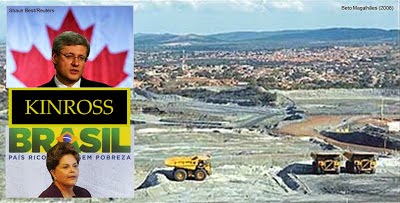 A message for the people of Canada: Support “Bill C-300” and let us live our lives in health and peace!
A message for the people of Canada: Support “Bill C-300” and let us live our lives in health and peace!By Sergio U. Dani, from Göttingen, Germany, November 30, 2009
If you are a Canadian woman or man, you should know that 2 out of 3 extractive companies operating in the world are based in Canada. The reason for this astonishing concentration of mining, oil and gas companies in Canada can be hinted at in a recent report released by three Canadian gold mining companies [1]: “the international competitiveness of Canadian mining companies working in developing countries in a manner unique to Canada”.
Indeed, many Canadian companies receive taxpayer dollars of Canadian governmental investment. They also receive political and diplomatic support from the Canadian government to operate around the world, and they pretend to operate legally. Truth is, many of these companies operate massive environmental damages, displacement of local people from their homes as well as rapes and even murder. Did you know all that? Have you ever allowed your government and Canadian companies to operate like this, financed by the taxes you pay?




